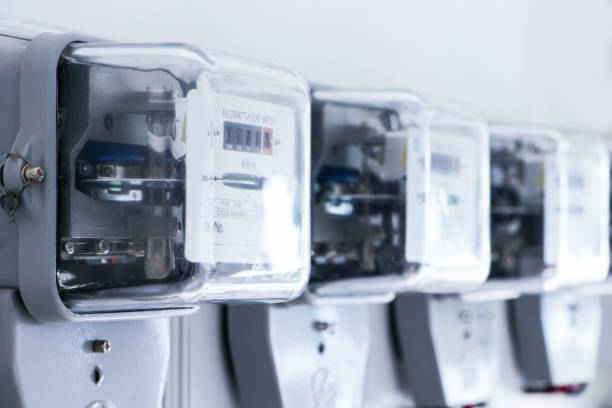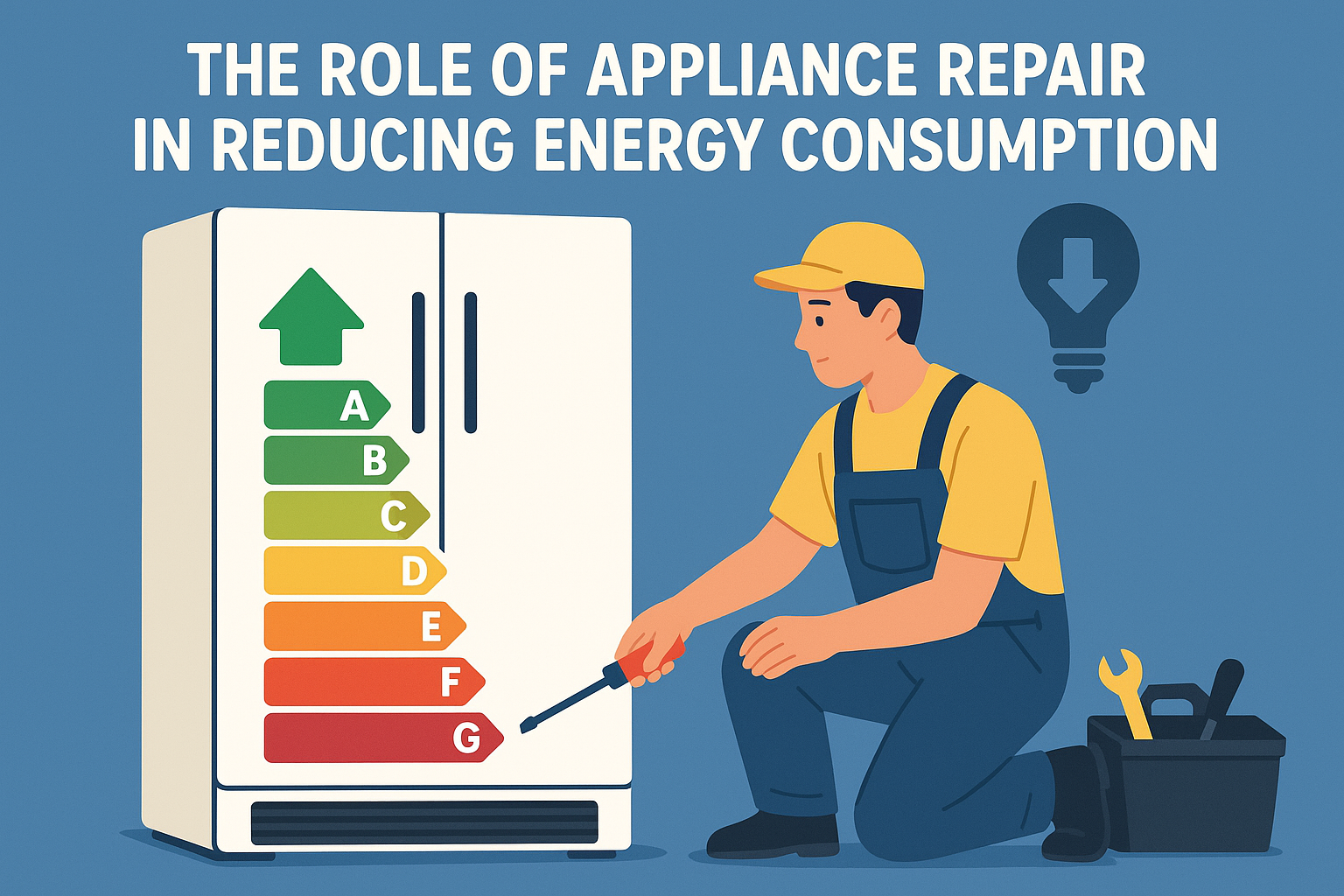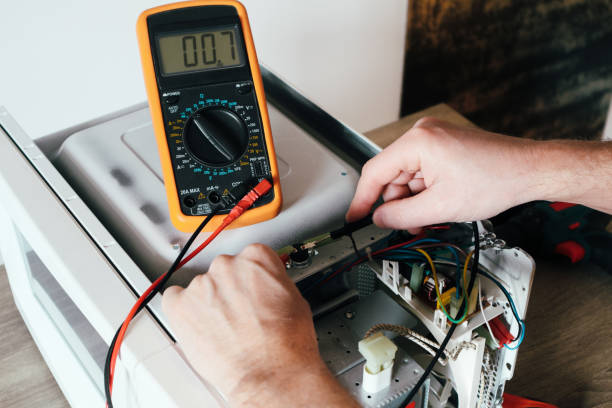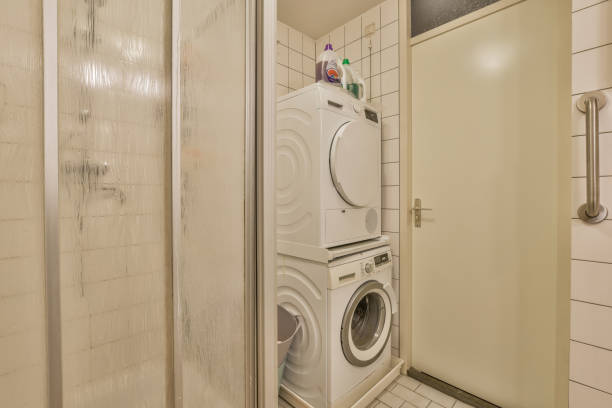Let’s break down your appliances to the basics. Appliances are becoming more and more independent and advanced, so if something goes wrong with them, the first thing we do is call a technician so they can figure out the complicated system. But, it is not only the professional who can fix the problem, you can too, with the right knowledge. So, the next time your appliance doesn’t work, think about how machines in general function. They work through electrical balance. When this balance gets disrupted, your expensive refrigerator, washing machine, or microwave can easily fail completely. All you need to do is check on them through voltage measurements. This blog will answer your questions about what they are, how to measure voltage, and why you need to understand them.
Voltage Testing and Your Appliance Health
Voltage Measurements are like vital signs checks for your appliances. It is very similar to how a doctor measures your blood pressure and heart rate to understand your health. In the same way, voltage readings reveal the electrical condition of your appliances. These measurements help identify any issues before they turn into costly repairs or dangerous situations.
To help you understand better, consider a washing machine that isn’t spinning properly. Without voltage testing, you might need to replace the motor, belt, or control board. These are expensive parts that might not solve the problem. But, a voltage measurement can easily tell you that the machine is receiving insufficient power which is a much simpler and less expensive fix!
Related: Why an Error Codes List Is Crucial for Maintenance?
Early Warning System for Appliance Problems
Voltage measurements are kind of like an early warning system that detects problems before they become obvious by visible symptoms. A lot of appliance issues start with subtle voltage irregularities, even before you notice any sort of performance changes.
Regular voltage checks can catch:
- Power supply degradation that could end up in parts failure.
- Connection problems that might cause odd operations.
- Overloading issues that stress motors and heating elements.
- Internal wiring problems that can create safety hazards.
By identifying these issues early, you can save a lot in all ways. Voltage testing helps you avoid more serious damage and extends your appliance’s life. It is very similar to how regular blood pressure monitoring helps prevent heart problems by catching issues before they become critical.
Related: Why Your Dryer Is Making Grinding Noise: A Breakdown
Cost-Effective Problem Solving
Without voltage measurements, appliance repair usually becomes an expensive game of parts replacement. Calling technicians sometimes isn’t all that great because they just might swap out multiple parts before finding the real problem. But, voltage testing gives you clear information about where the actual problem is.
For example, when a dryer stops heating, anyone’s typical response would be to replace the heating element which is a costly repair. But voltage testing might reveal that the element is fine and the real problem is a faulty thermal fuse or simply a power supply issue. In this way, you would be saving both time and money.
Essential Tools for Voltage Measurement
Before diving into knowing how to check voltage, you would need the right tools for the job. A quality digital multimeter is at the top of the list. Modern multimeters have features like auto-ranging, which automatically selects the right voltage range, and safety features that will protect both you and the meter during measurements. So, if you are new to this, get this to make the whole process a little easier on yourself!
Related: How Do Full-Size Ovens Compare to Other Kitchen Appliances in Modern Homes?
Safety First: The Golden Rules of Voltage Testing
When you are working with electricity, you need careful attention to all the safety protocols. You should always start by making sure that your hands and work area are dry. Always wear rubber-soled shoes and avoid working on metal surfaces. Before you start taking any measurements, check your multimeter’s probes for any damage or any exposed metal. When measuring voltage in household circuits, always assume that the circuit is live until you have checked it through proper testing.
How to Measure Voltage?
Taking accurate voltage measurements includes more than just touching probes to terminals. This is the right approach:
- Set your multimeter to AC voltage mode (usually marked as V~) for household appliances. Most of them use AC power, while DC settings are usually reserved for batteries and electronic devices. Select a range higher than the expected voltage – for standard outlets, choose the 200V or 250V range.
- Position yourself properly with one hand in your pocket. It might seem weird but this is a safety practice that prevents current from travelling across your chest if any accident occurs. Hold the meter probes tightly – the red one goes to the hot terminal (usually brass-coloured or black), and the black one connects to the neutral one (mostly silver or white).
- Take readings at both the power source and the appliance’s connection points. Comparing these readings will help you identify if the voltage drops in the power cord or internal wiring. There is a significant difference between these measurements which usually indicates a wiring problem.
Common Voltage-Related Problems in Appliances
Voltage issues are different in every appliance. Your microwave might start to hear food slowly because of low voltage, while your air conditioner could fail because of voltage drops during peak usage times. These kinds of symptoms usually point to specific problems:
Fluctuating voltage readings usually mean loose connections or failing parts. So, when your washing machine randomly stops mid-cycle, unstable voltage might be the reason why. Motors running hot or humming loudly frequently also mean voltage problems, especially in refrigerators and air conditioners.
Consistently low voltage readings might also suggest that there could be issues that are beyond your appliance like your home’s wiring or utility supply. High voltage can be equally problematic, and can potentially cause electronic controls to fail or motors to overheat.
Related: Quick Fixes for Household Trash Compactor Malfunctions Caused by Metal Rod in Trash Compactor
Interpreting Your Measurements
Raw voltage numbers can mean little without any context. It is important to learn how to interpret your measurements as it makes all the difference between a successful diagnosis and confused guesswork. Generally, household voltage should stay within 5% of nominal values – that’s 114V to 126V for 120V circuits and 228V to 252V for 240V circuits.
When your voltage measurements are outside these ranges, systematically trace the power path from the outlet to the appliance’s internal parts. This approach will actually help isolate the problems to specific areas, which makes repairs more focused and effective.
When to Call a Professional
Voltage testing helps diagnose a lot of problems, but some situations might need a technician’s help. If you come across continuous high voltage readings, find evidence of electrical arcing, or notice burning smells, stop testing immediately and contact a licensed electrician. These symptoms could indicate some problems that can cause fire or shocks.
Related: How to Use a Wiring Image to Solve Connection Problems in Appliances
Conclusion
Voltage measurements are a cornerstone of effective appliance diagnostics. They provide important information about appliance health, help prevent costly repairs, and make sure of safety. Appliances are continuously evolving, and with this, the importance of understanding and using voltage measurements only grows. It doesn’t matter if you are a homeowner or a repair professional, you need to know the essential role of voltage testing that helps maintain appliance performance, safety, and longevity. Once you take in voltage measurement as a diagnostic tool, you can easily make your appliance maintenance from reactive repair to proactive care that will save time, money and frustration. Just remember if you are not able to DIY simply call a professional from Tech Angels!






